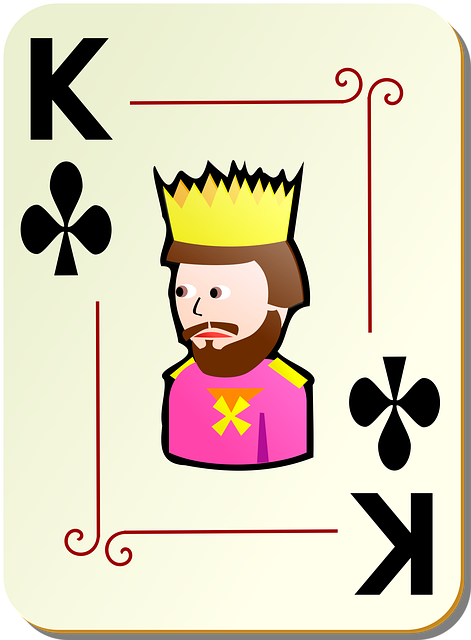Understanding online poker hand rankings is crucial for success in Poker Online. Players should memorize ranking systems and choose appropriate game types based on their style. Strategic gameplay, practice, and tools help climb the ladder against global competition, with Hierarchy and Points-based models offering structured or dynamic rankings.
Explore the thrilling world of online poker and unlock your potential with our comprehensive guide. In this article, we demystify poker hand rankings, breaking down complex strategies into manageable steps. From understanding basic rules to mastering advanced techniques, we’ll walk you through popular ranking systems used in the fast-paced digital game. Get ready to climb the online poker ladder with confidence and elevate your skills today!
- Understanding Online Poker Hand Rankings
- Popular Poker Ranking Systems Explained
- Strategies for Climbing the Online Poker Ladder
Understanding Online Poker Hand Rankings

Understanding online poker hand rankings is a crucial step for any player looking to navigate the world of poker online. The basics are familiar to most, but the intricacies can be vast. In online poker, the hierarchy of hands remains the same as in live games: from high card to the rare royal flush. However, the speed and convenience of online play often mean players must quickly interpret hand strength in split seconds.
A player’s goal is to have the highest-ranked hand by the end of each round. The ranking system includes pairs, two pair, three of a kind, straight, flush, full house, four of a kind, straight flush, and finally, the coveted royal flush. Memorizing these rankings and their relative strengths is essential for strategic decision-making in poker online.
Popular Poker Ranking Systems Explained

The world of online poker is a competitive space, and understanding the ranking systems is key for players looking to climb the leaderboards. Two popular ranking systems dominate the industry: The Hierarchy and Points-based systems.
The Hierarchy system, often used by major online poker platforms, categorizes players into a structured ladder. From novice to professional, each tier represents a specific skill level. This system promotes competition among players of similar abilities, ensuring fair matchups. Conversely, points-based systems assign rankings based on the number of hands played and wins achieved. These flexible systems allow for more dynamic positioning, as players can quickly rise or fall in the rankings depending on their performance in each session. Both methods offer unique advantages for online poker enthusiasts, catering to different playstyles and preferences within the Poker Online realm.
Strategies for Climbing the Online Poker Ladder

Climbing the online poker ladder requires a strategic approach, especially with stiff competition from players worldwide. Start by understanding your play style and choosing games that align with your strengths. Consistent practice is key; play regularly to gain experience and fine-tune your skills.
Effective strategies include managing your bankroll wisely, starting with lower stakes to build confidence and capital, and studying opponent behavior to improve decision-making. Utilizing online poker tools and resources can also offer insights into hand strength and betting patterns, giving you an edge as you navigate the competitive world of Poker Online.
Online poker rankings are a key component in navigating the thrilling world of poker online. By understanding hand rankings and employing effective strategies, players can climb the virtual ladder and immerse themselves in the competitive environment. With various ranking systems to explore, from popular platforms to unique variations, there’s endless potential for growth and success in this digital card game.






